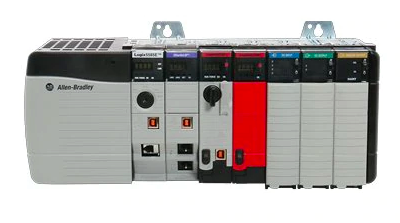
In the field of programmable controllers, there are a number of different types of product offerings, depending on the application requirements. Traditional programmable logic controllers (PLCs) have been the industry standard for decades. They are well known and understood in terms of operation and programming and there are many PLC manufacturers to choose from.
As control demands became more complex, programmable automation controllers (PACs) came onto the scene to handle these more demanding cases requiring more complex control and coordination, involving many more axes and I/O than a typical PLC could handle. According to an industry standard definition, PACs operate on a single platform and handle multiple tasks including logic, motion, drives, and process control.
PACs stand between PLCs and PC-based controllers, combining the best elements of both. PACs are characterized by multiple processors, more memory and communication options, and more functionality beyond just the logic-based operations of traditional PLCs. They also can be programmed using ladder logic familiar to PLC programmers and other higher-level languages consistent with IEC 61131-3 standards.
Because PACs are similar to PLCs both in function and form, many of the options ordinarily available for PLCs are the same for PACs. So for instance, common component options include the controller, chassis, modules, and I/O.
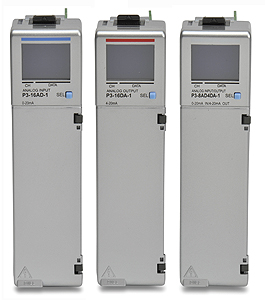
Controller – the controller contains the central processing unit (CPU), memory, and the main networking and communication ports such as Ethernet and USB.
Chassis – the physical enclosure housing all the PAC components such as the controller/CPU unit, power supply, and modules and I/O. Options include rack-based systems (mountable to backplanes inside equipment racks via DIN rails) or mounted directly to machines.
Module – modules exist for all manner of applications and uses, designed to perform some specific function. So for instance, there are modules designed specifically to accept either analog or digital signal inputs and designed for specific uses. Examples include relay modules, counter modules, serial modules, servo or stepper controller modules, timer modules, and data acquisition modules, among others, including I/O modules (see below).
I/O – Just as with PLCs, I/O type can include voltage or current analog, digital, or mixed analog/digital. Common physical variable inputs to I/O modules can be pressure, force, or temperature data from thermocouples, among others.

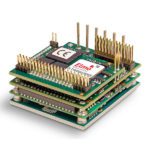
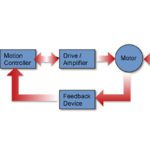
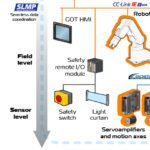
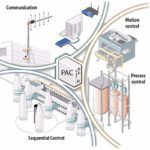

Leave a Reply
You must be logged in to post a comment.